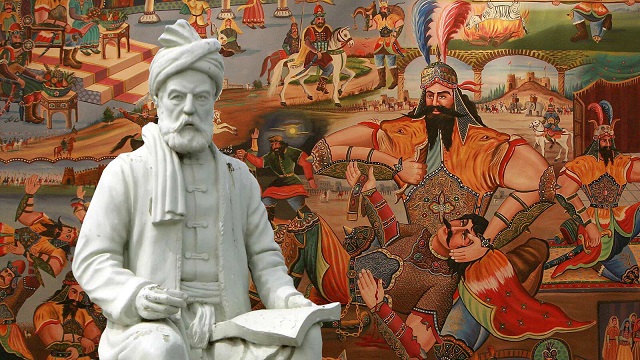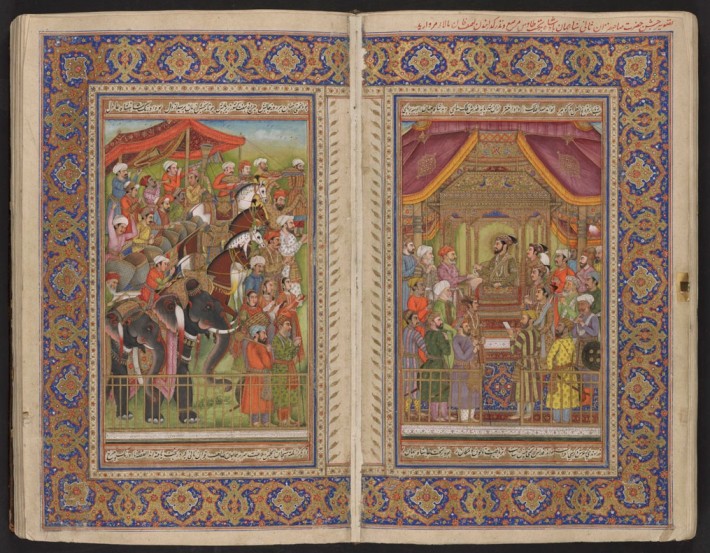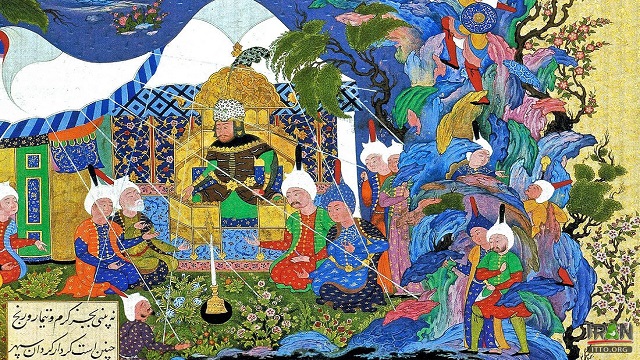Live
فارسی
عربي
ورود از طریق شبکه های اجتماعی
- استفاده مختص کاربران دارای هویت واقعی محرز شده نزد این پایگاه میباشد.
- این سایت در ستاد ساماندهی و بخش جرائم رایانهای دادگستری به ثبت رسیده است.
- گزارش تخلفات احتمالی این سامانه توسط کاربران الزامی می باشد
- کاربران باید طبق قوانین این سامانه که برگرفته از قوانین جرائم رایانه ای می باشد فعالیت کنند
- نام کاربری شما تکراری می باشد



 The history of Persian can be divided into three phases: Old Persian (circa 600-300 BC), written in Cuneiform, corresponding with the time of the Achaemenid Empire; Middle Persian (circa 300 BC-800 AD), the official language of the Sassanid Empire; and Modern Persian (since 800 AD) which has a history of more than 1200 years and is spoken to this day.
The history of Persian can be divided into three phases: Old Persian (circa 600-300 BC), written in Cuneiform, corresponding with the time of the Achaemenid Empire; Middle Persian (circa 300 BC-800 AD), the official language of the Sassanid Empire; and Modern Persian (since 800 AD) which has a history of more than 1200 years and is spoken to this day.




